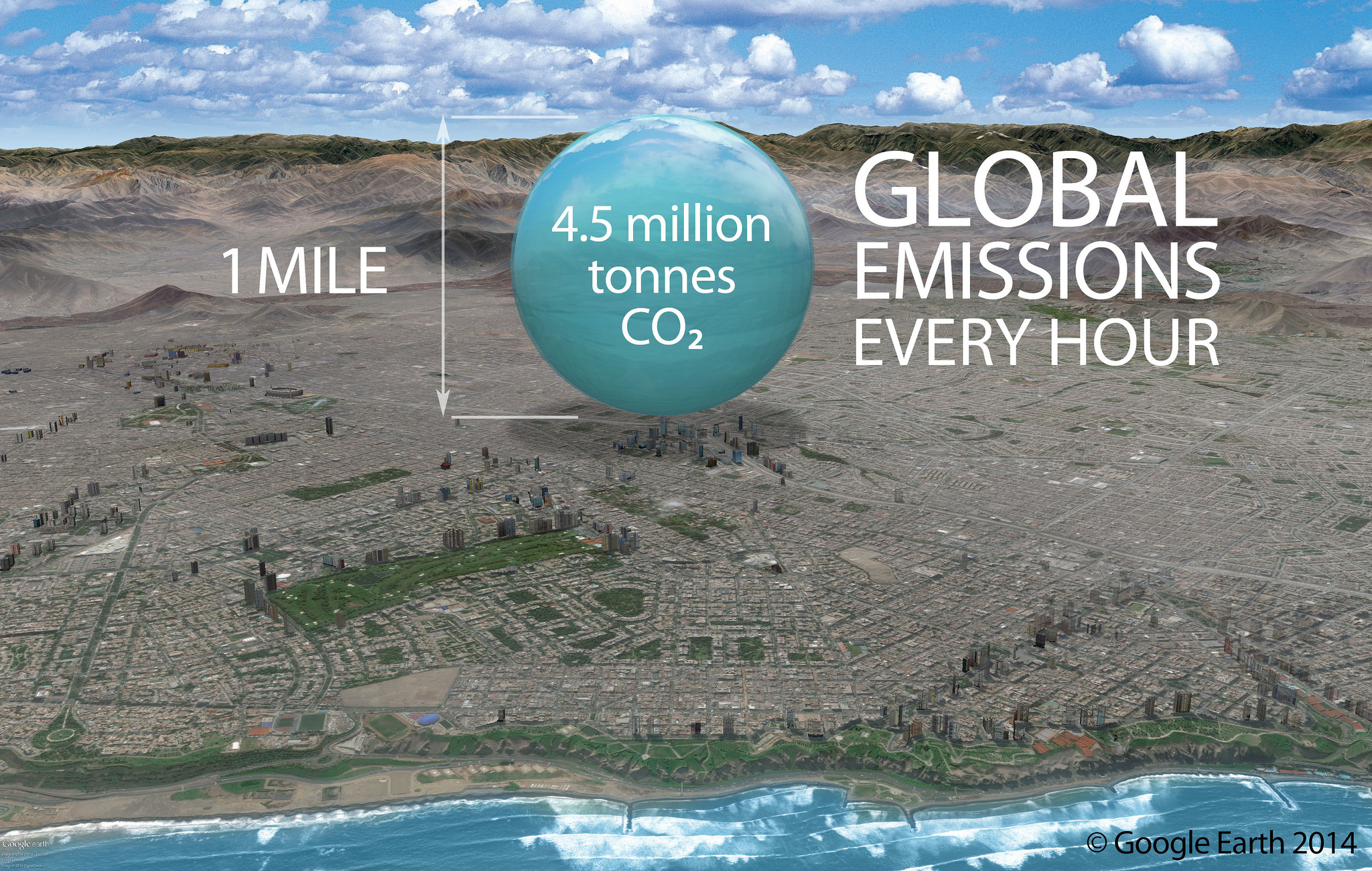Photo credit: NASA
Earth Hour launched in Sydney in 2007 with backing from the city’s mayor. Inspired by this, San Francisco held "Lights Out" a few months later. By 2008 there was participation from all continents with many landmark buildings around the world turning off non-essential lighting including the Sydney Opera House and the Empire State Building and participation has continued to increase year on year. In 2009, The United Nations observed Earth Hour at its Headquarters in New York and at other UN facilities around the world including the UN Environment Programme (UNEP) offices in Nairobi, Kenya.
Earth hour does not claim to be an energy or carbon reduction exercise - it is a symbolic action.to encourage individuals, businesses and governments around the world to take accountability for their ecological footprint and engage in dialogue and resource exchange that provides real solutions to our environmental challenges.
A way for the citizens of the world to send a clear message. They want action on climate change.
UN Secretary-General Ban Ki-moon about Earth Hour
It provides an interesting point of reference when considering how to bring about change. While switching off the lights is a symbolic act, it provides a direct and memorable sensory experience, it is something that people can do themselves, share with others and witness others doing; it raises awareness, creates connections with a wider community of interest and creates a bigger context for further actions.
Also, critically, people join in because they want to. People take whatever actions they choose to, from dancing in the dark to walking from Nigeria to Mali, as well as simply turning off the lights for an hour.
…if you believe in something strongly enough, you can achieve amazing things.
Earth Hour Co-Founder Andy Ridley, in 2013
If you are wondering about how to engage people in your organisation, there are good principles here, far removed from the usual corporate programmes that tell people exactly what to do but in other ways leave them “in the dark”.
Oh, and by the way, if you are wondering how much we normally emit to the atmosphere in a typical hour, the answer is 4.5 million tonnes of CO2 and you can see what that looks like sitting in Lima in broad daylight!


